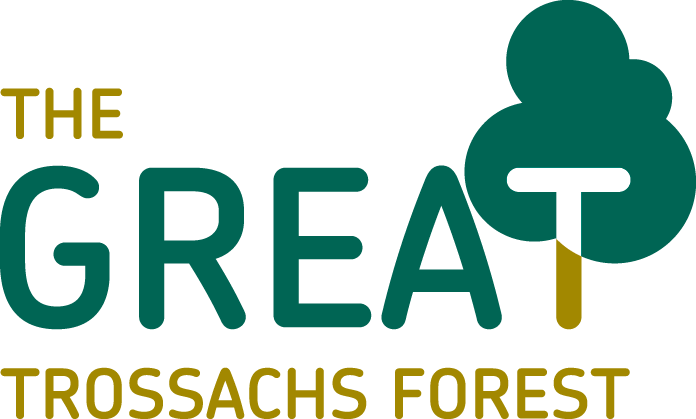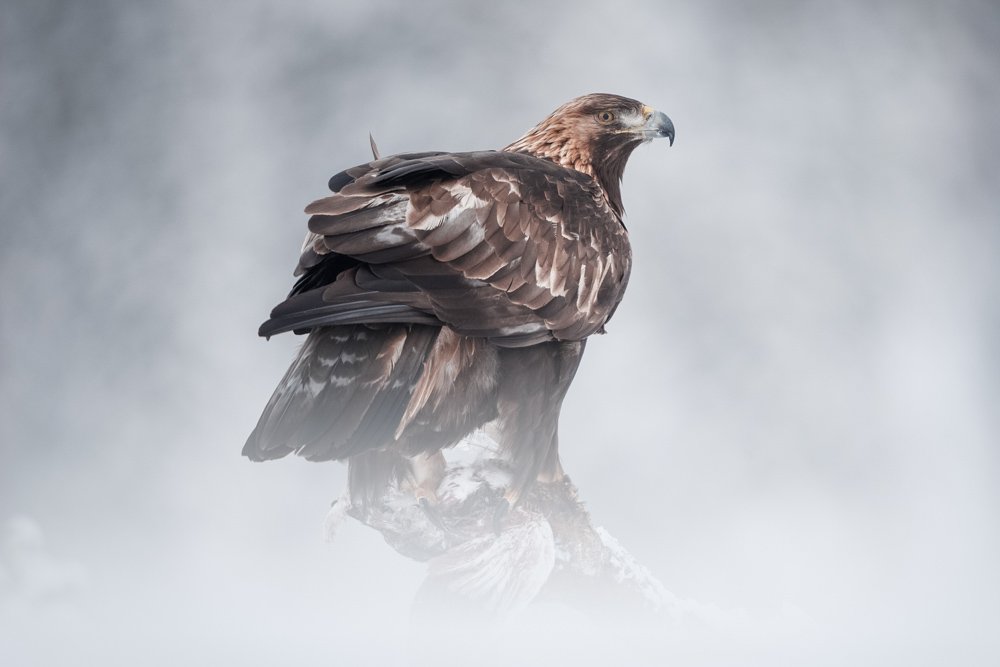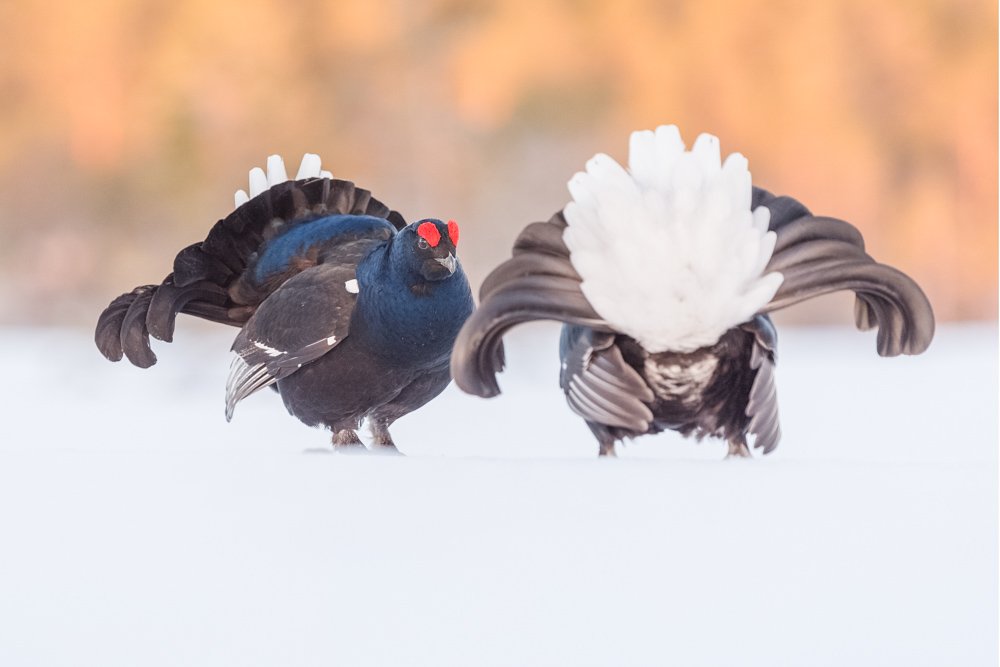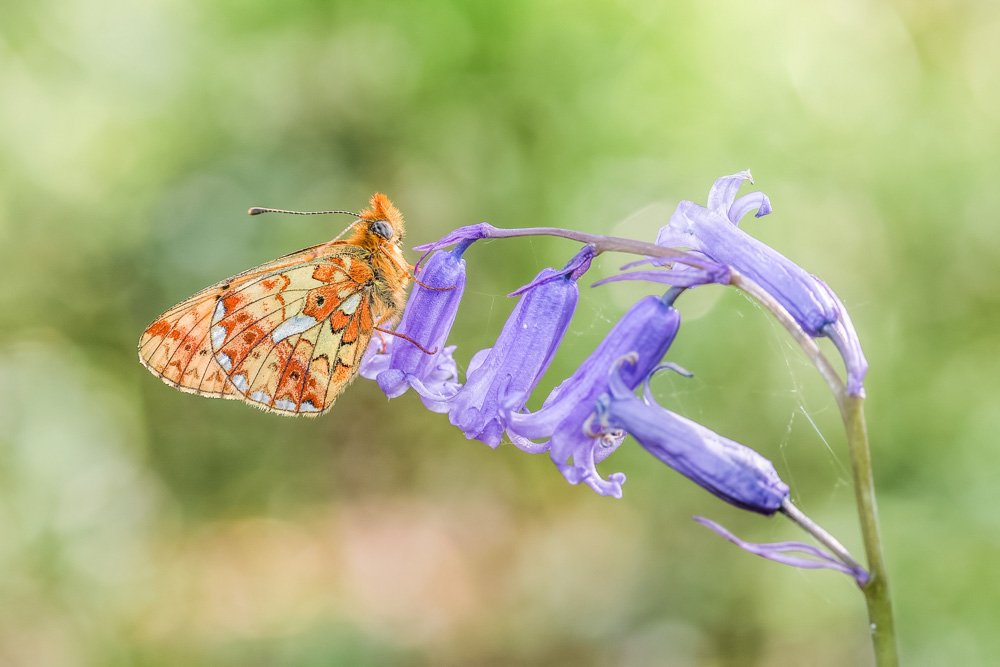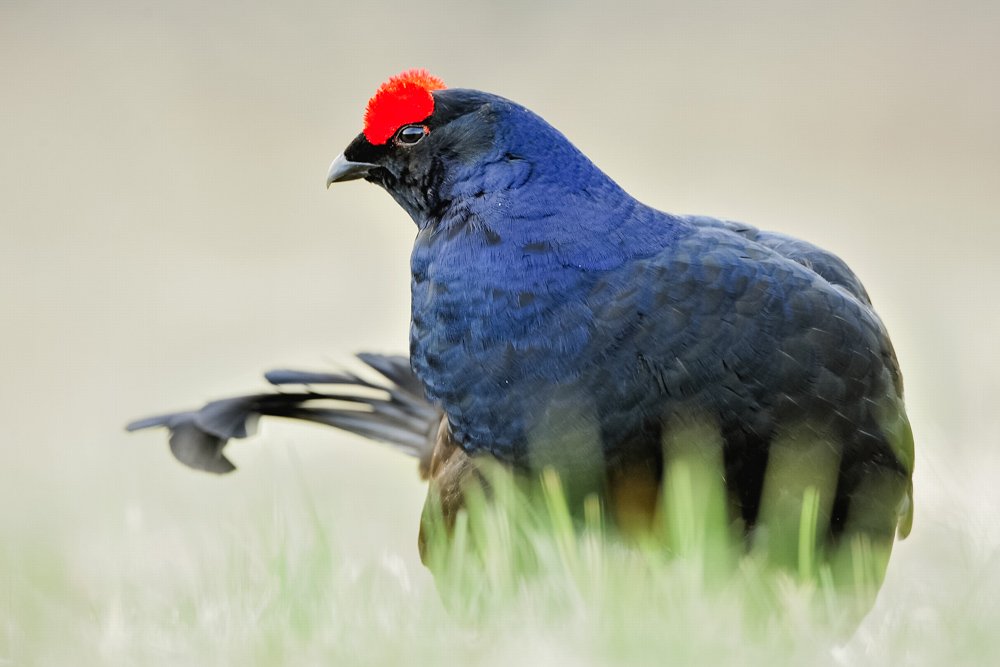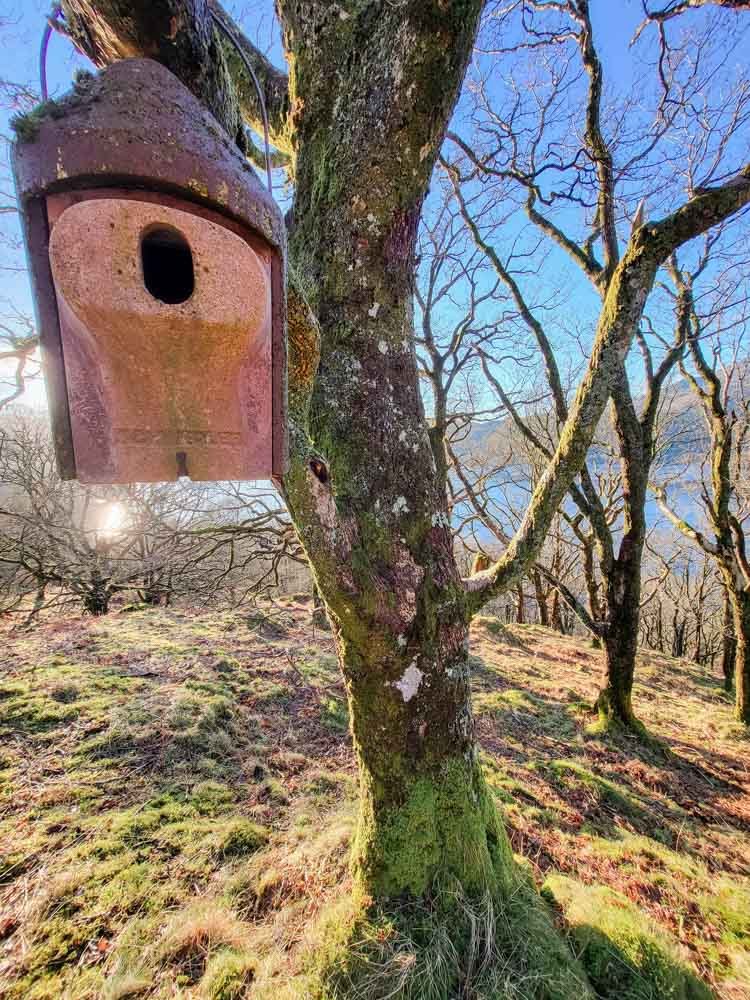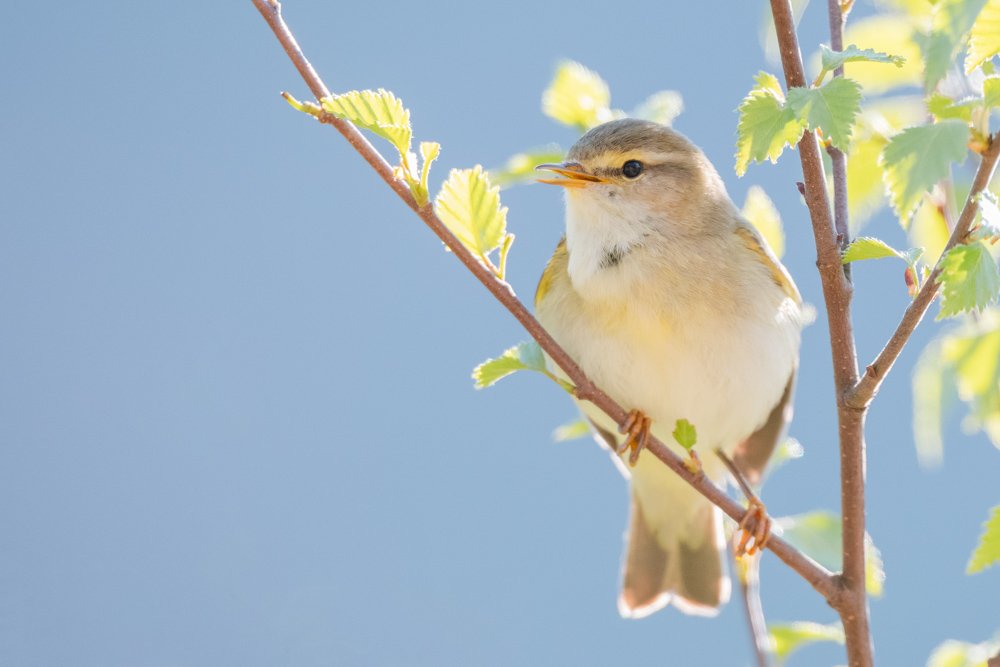Species Focus
We are monitoring how species are responding to landscape-scale habitat restoration. As might be expected given the area of naturally regenerating and planted woodland, the bird species that have increased in abundance are those associated with scrub (or early succession stage woodland). Typical amongst those species are tree pipit, willow warbler, lesser redpoll, black grouse, and whinchat. Not surprisingly, amongst the declining species are skylark and meadow pipit which are exclusively or predominantly birds of open habitats.
Annual bat and pearl-bordered fritillary surveys; co-ordinated surveys for black grouse; pied flycatcher and spotted flycatcher nest box monitoring; and monitoring by other Non-Governmental Organisations (NGOs) such as the Raptor Study Group are all helping us track species recovery.
There have been many good news stories, such as the discovery of the nationally scarce narrow-bordered bee hawkmoth, the increase in water voles, and the arrival of beavers. More detail on the improving status of pearl-bordered fritillary and black grouse is provided below.
Black Grouse
Black grouse are one of the key species for The Great Trossachs Forest, and we hold one of the largest populations in central Scotland. Numbers of black grouse have been declining sharply with a current estimate of less than 5,000 breeding males across the whole of the UK.
Black grouse like a mosaic of habitats including some grazed areas, scrub, and regenerating woodland. Their diet is wide ranging and can change depending on the time of year. They may be eating insects and berries through scrub in the spring and summer but be feasting on buds and shoots of young trees come winter.
In spring groups of males will start displaying, known as lekking, to attract females. The lek sites are usually fairly prominent and relatively bare.
With such diverse requirements, areas must be managed carefully to provide all the pieces of the jigsaw in a constantly changing landscape. As trees mature, and canopy closes, areas will become less desirable for the black grouse, so a long-term vision across partner organisations is particularly important for a species like this.
Pearl-bordered fritillary
The Pearl-bordered fritillary, so called because of two large silver ‘pearls’ and a row of seven smaller outer ‘pearls’ on the underside of the hind wing, can be seen on the wing in Scotland between early May and mid-June. This once common butterfly has declined dramatically across the UK in recent decades. Although more widespread and under-recorded in Scotland, it is still scarce and was considered extinct in its former haunts in the Trossachs until recently.
New pearl-bordered fritillary survey methodology developed by Butterfly Conservation was adopted by The Great Trossachs Forest project steering group in 2017, targeting 1 km ordnance survey squares holding predicted favourable habitat in broadleaf woodland edges and glades. The following year, the survey volunteers found 45 individuals, and in 2022 recorded over 100 in four core areas around Loch Katrine.
Detailed field research at these sites shows that the ground temperature in ‘hotspots’ selected by egg-laying females in dead bracken litter is on average 5°C higher than the ambient air temperature. The accumulated survey data is now being used to conserve and extend pearl-bordered fritillary colonies through practical long-term habitat management work.
